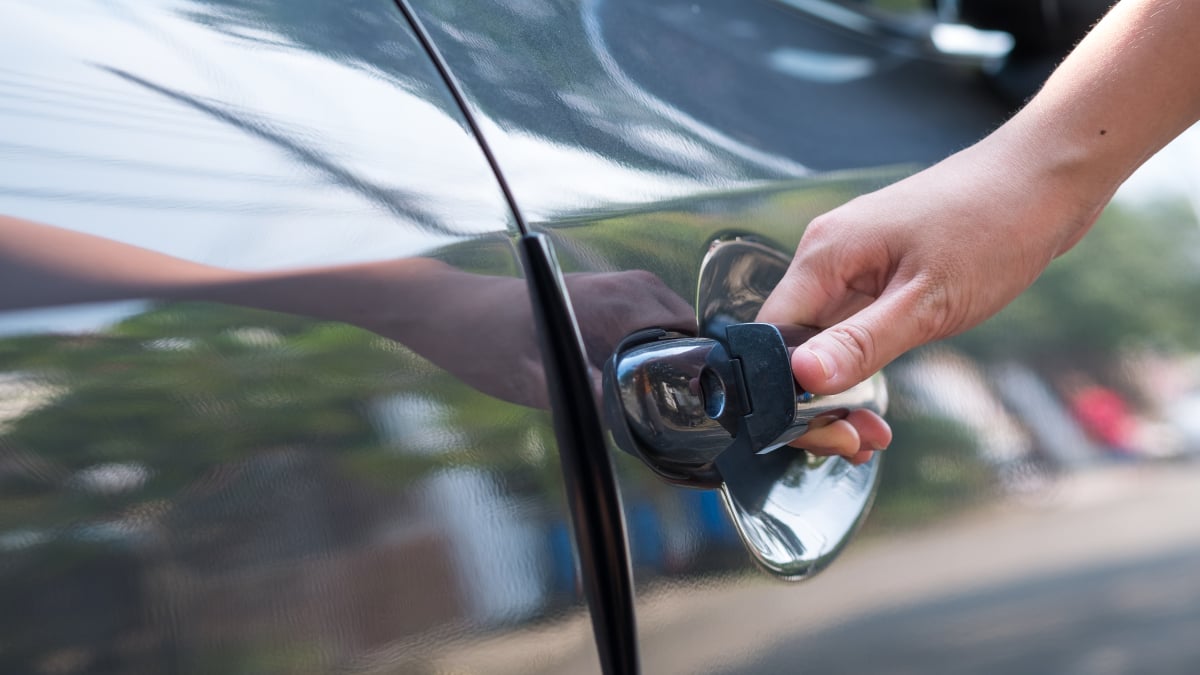[ad_1]
Viral videos breaking down how car thieves can steal certain Hyundai and Kia vehicles are going to end up costing those two car companies big time.Hyundai and Kia have agreed(opens in a new tab) to a $200 million settlement of a class action lawsuit regarding an increase in car thefts of its vehicles. At the heart of the issue are a series of viral videos that were uploaded to TikTok and YouTube by a group known as the “Kia Boyz.” These videos showed viewers how to break into certain Hyundai and Kia models that lack(opens in a new tab) “push-button ignitions and immobilizing anti-theft devices.”The videos took off on social media in 2021, with kids as young as 12 subsequently taking part in the “Kia Challenge,” according to the Milwaukee Journal Sentinel(opens in a new tab). Videos were soon uploaded on TikTok and YouTube by teens using the instructional videos, which explain that the car thefts could be carried out with no more than a USB cable. The videos were uploaded using hashtags such as #theKiaboys and #Kiaboyz.As The Verge(opens in a new tab) points out, there aren’t any nationwide tallies of how many Hyundai and Kia vehicles had been stolen. However, NPR(opens in a new tab) has some astonishing numbers of how the “Kia Challenge” affected individual cities. Police in Milwaukee reported that 469 Kias and 426 Hyundais were stolen in 2020. In 2021, those stolen vehicle numbers jumped to 3,557 Kias and 3,406 Hyundais.According to the National Highway Traffic Safety Administration (NHTSA), these car thefts have resulted(opens in a new tab) in 14 reported crashes and eight fatalities.
Around 9 million U.S. Hyundai and Kia owners are covered by the settlement. Up to $145 million will be used to compensate those who had their car stolen. 8.3 million vehicles will receive a software upgrade to close the security issue. For vehicles where the software upgrade cannot be applied to, the car companies will offer the owner up to $300 so they can purchase steering wheel locks or other car theft deterrents.
[ad_2]
Source link





